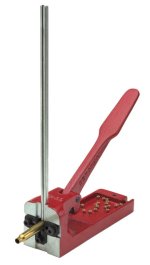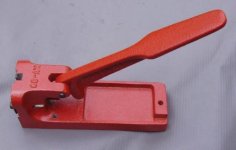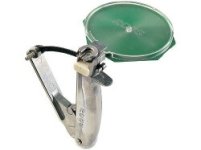P
Phil3
Guest
I am new to reloading, and am looking for a priming tool. I have read past posts here, but having no experience with any tool other than the priming function on my Forster Co-Ax press (awkward), I do not know if the hand units are tiresome for my 57 year old hands and 200 rounds at a time. Because of no experience, I have no basis for "feel" or how the units might compare.
For hand units, I was considering RCBS APS, K&M, or Sinclair. For bench unit, the RCBS Bench Automatic (http://www.midwayusa.com/viewProduct/?productNumber=457599).
I prefer high quality tools, providing a level of feel that permits consistency, and do not mind loading one primer at a time, but also do not want something that is tiresome to use.
Suggestions?
- Phil
For hand units, I was considering RCBS APS, K&M, or Sinclair. For bench unit, the RCBS Bench Automatic (http://www.midwayusa.com/viewProduct/?productNumber=457599).
I prefer high quality tools, providing a level of feel that permits consistency, and do not mind loading one primer at a time, but also do not want something that is tiresome to use.
Suggestions?
- Phil




